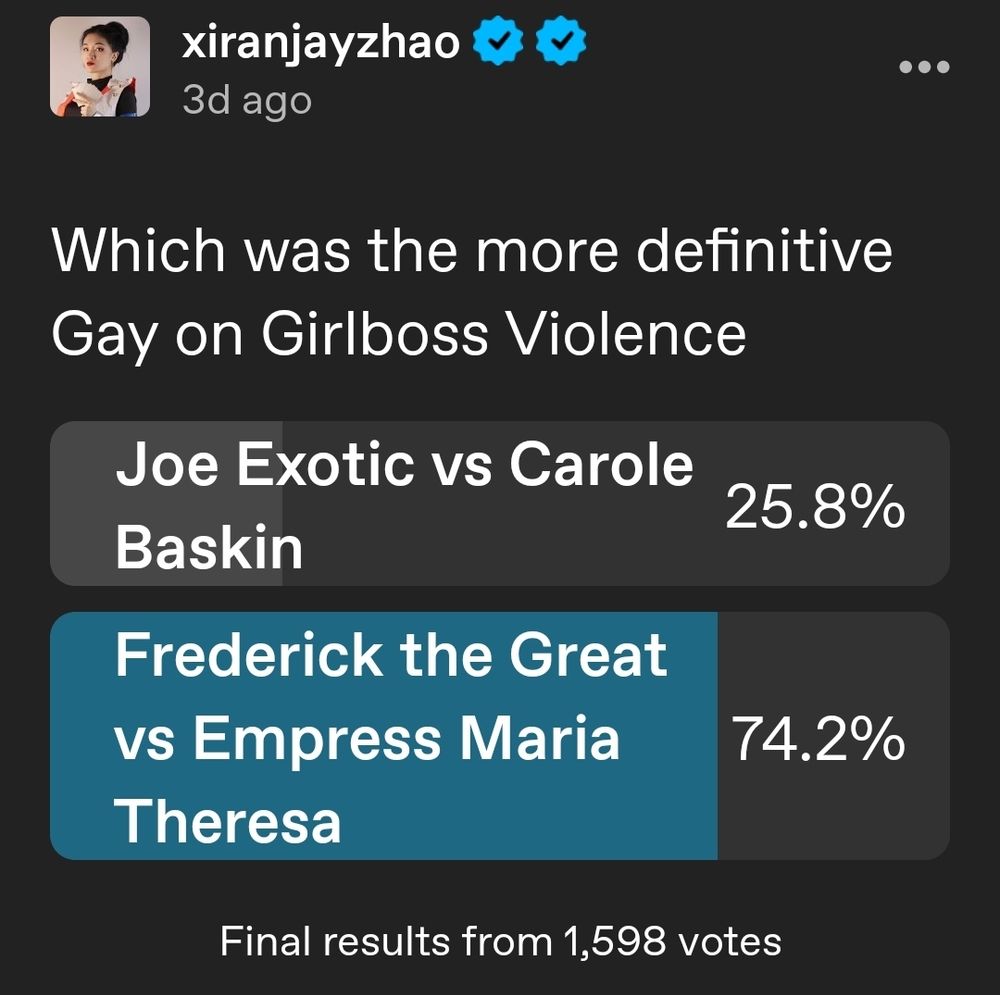

I don't think drone operators or missile strikes should kill men who show they want to give up, who are already badly injured and no threat, or who are shipwrecked.
This isn't a 1 event issue, it's everywhere in war over the past 3-4 years.
I don't think drone operators or missile strikes should kill men who show they want to give up, who are already badly injured and no threat, or who are shipwrecked.
This isn't a 1 event issue, it's everywhere in war over the past 3-4 years.
"Muskets are mostly inaccurate beyond 80 yards...so a lot of the killing is done with the bayonet... this is really eyeball to eyeball."
The trouble is, this just isn't true. 🧵1/16

"Muskets are mostly inaccurate beyond 80 yards...so a lot of the killing is done with the bayonet... this is really eyeball to eyeball."
The trouble is, this just isn't true. 🧵1/16
www.youtube.com/watch?v=uS31...

www.youtube.com/watch?v=uS31...


www.youtube.com/watch?v=HjdV...

www.youtube.com/watch?v=HjdV...
This year, 2025, marks the 300th anniversary of vampires haunting public imagination in Europe.
Read on for the origins of Orloc, Dracula, and of course, Nandor.
1/25



This year, 2025, marks the 300th anniversary of vampires haunting public imagination in Europe.
Read on for the origins of Orloc, Dracula, and of course, Nandor.
1/25
Broke
Seeing your scholarship on a podcast:
Woke
Seeing your scholarship on a videogame loading screen:
Bespoke

Broke
Seeing your scholarship on a podcast:
Woke
Seeing your scholarship on a videogame loading screen:
Bespoke

Fire without orders at long range
Take cover
Run out of the line of fire

Fire without orders at long range
Take cover
Run out of the line of fire
Have I heard this story before but with phrases like “ship money” and “long parliament”?
Calm down it’s a joke
*WHITE HOUSE TO TRANSFER TARIFF REVENUE TO FUND WIC: LEAVITT
Have I heard this story before but with phrases like “ship money” and “long parliament”?
Calm down it’s a joke
"we have found the answer to autism, we won't let it happen anymore"
Me, back to the wall, gripping my rifle, sitting on a throne of historical uniform books next to my pile of accurately painted historical miniature soldiers:
"ΜΟΛΩΝ ΛΑΒΕ"
"we have found the answer to autism, we won't let it happen anymore"
Me, back to the wall, gripping my rifle, sitting on a throne of historical uniform books next to my pile of accurately painted historical miniature soldiers:
"ΜΟΛΩΝ ΛΑΒΕ"

Excellent insights from @kabinettskriege.bsky.social

Excellent insights from @kabinettskriege.bsky.social







